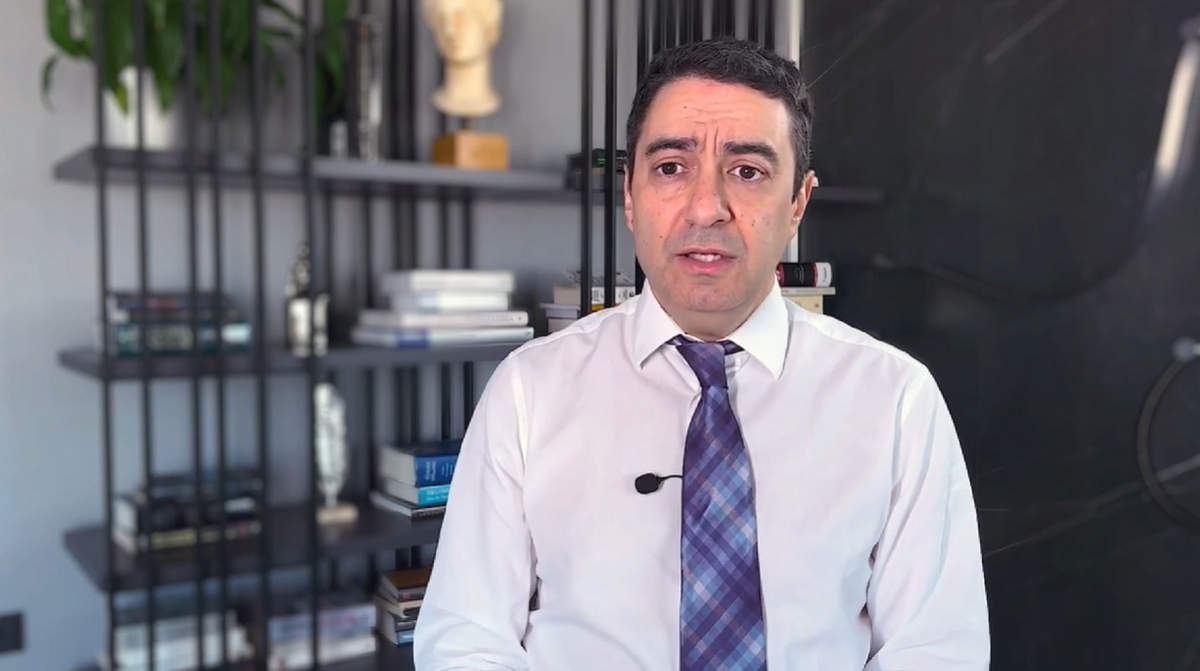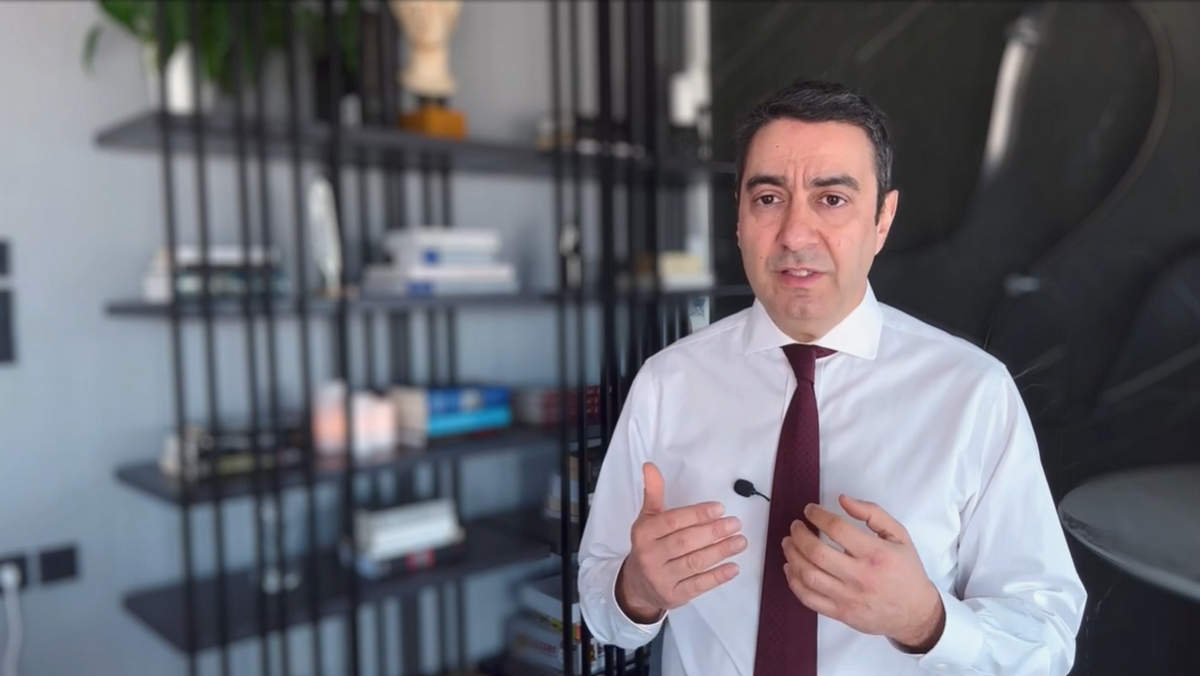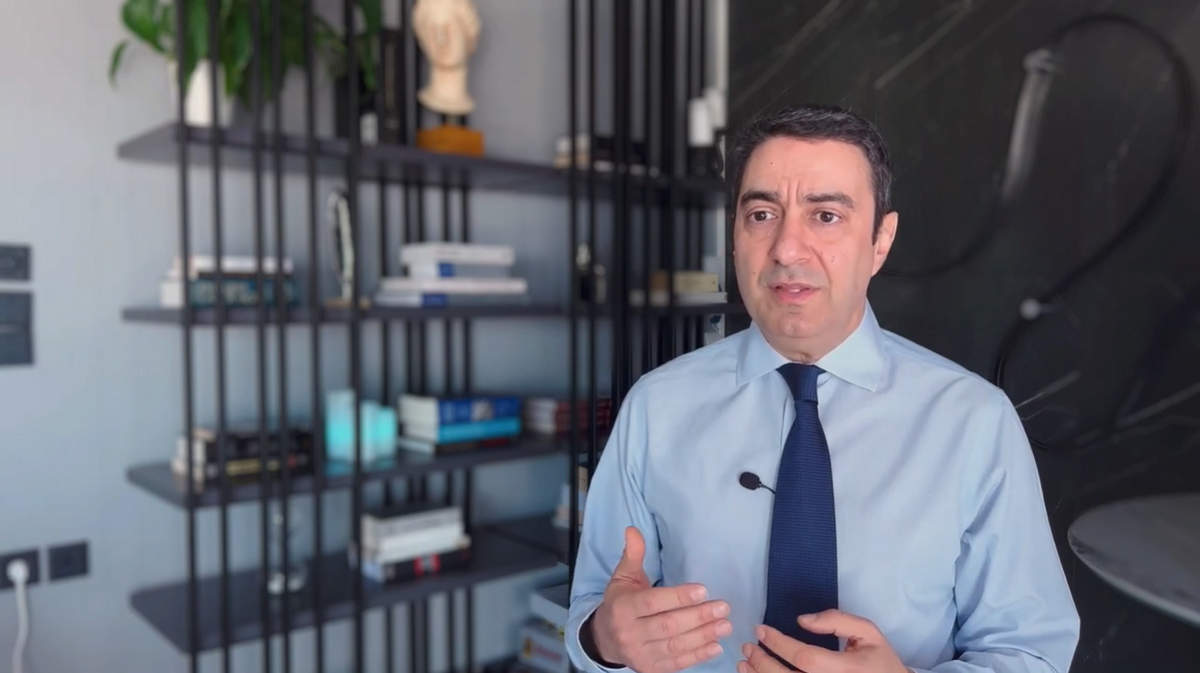Hydrocephalus is a condition of the brain characterized by abnormal concentration of cerebrospinal fluid (CSF). CSF is produced in special sacs in the brain called ventricles. The fluid circulates around the brain and the spinal cord, offering protection and support for the central nervous system. It is constantly produced and is reabsorbed at a rate of about half a liter per day. In pathological conditions, it may accumulate in the ventricles of the brain, or around the brain. This causes the ventricles to swell, which can be seen on a cerebral CT or MRI scan. Excessive CNS accumulation is called hydrocephalus, and can be accompanied by an increase in intracranial pressure; this is a condition that can be particularly threatening to health. Hydrocephalus can result from either an obstruction in the normal circulation of the fluid, or a disorder of its reabsorption, or in the event of overproduction.
Obstructive hydrocephalus
In obstructive hydrocephalus, there is an obstruction of the smooth circulation and drainage of the cerebrospinal fluid. This may be due to a stenosis (e.g. a stenosis of cerebral aqueduct) or pressure in the cavities that contribute to fluid accumulation due to a tumor or any other cause. In order to treat this, the obstruction must be resolved (for example, the tumor should be removed), or an alternative drainage must be found (valve placement or endoscopic surgery called a third ventriculostomy).
Non-obstructive (communicating) hydrocephalus
In this case, there is no obstruction in the circulation of the fluid, however, there is some problem involving its absorption at the areas where the fluid switches to the venous circulation (in the blood). The treatment is, again, to insert a valve and decompress the brain so that the fluid would be channeled to other cavities of the body (e.g. the peritoneal cavity, i.e. the patient’s abdomen.
Infantile hydrocephalus
The majority of cases of hydrocephalus occur in childhood, due to either a developmental disorder of the anatomical elements of the brain and skull, or due to a tumor or some other malformation. It is extremely important for the pediatrician to immediately diagnose hydrocephalus and refer the cases to the neurosurgeon for further investigation, treatment, and monitoring. Lack of the timely treatment for hydrocephalus can have devastating consequences for the health and development of a child. The increase in intracranial pressure may be life threatening and may require urgent neurosurgical treatment. Read more about infantile hydrocephalus.
Normal Pressure Hydrocephalus (NPH)
Normal pressure hydrocephalus is a syndrome that occurs mainly in elderly people. CSF accumulates in the ventricles of the brain and causes them to swell, but this is not necessarily accompanied by increased intracranial pressure. The syndrome includes 3 main symptoms: gait disturbance, mild dementia, and urinary incontinence. This type of hydrocephalus may occur following an injury or infection of the brain, although in most cases no cause is found.
In elderly patients, symptoms may include gait disturbances, dementia, memory disturbance, and urinary incontinence, as well as other medical conditions, such as Alzheimer’s disease, or stroke. Diagnosis can be challenging and requires the cooperation of specialists such as a neurologist, neurosurgeon, general practitioner, and psychologist.
Frequently asked questions
[toggles]
[toggle_block title=”What can I expect after the surgery?”]There is an improvement usually a few days after surgery. After being discharged from the hospital, the patient needs to be monitored. Postoperative valve reset may be needed, which is easily carried out at the doctor’s practice, without requiring any invasive or bloody operation. Although 100% effectiveness and improvement of symptoms could never be guaranteed, the benefits of surgery on patients requiring surgery are very important and impressive. Benefits clearly outweigh the risks and possible complications of surgery.[/toggle_block]
[toggle_block title=”What is an “Endoscopic Third Ventriculostomy”?”]The use of the neurosurgical endoscope has provided us with new treatment possibilities, in many conditions such as hydrocephalus. Quite often, instead of inserting a valve, which is a foreign body into the brain and the body, therefore it could cause infections, malfunctioning, and other problems, we would first try to create alternative drainage of the fluid inside the brain. One of the methods for this is “third ventriculostomy”, which involves creating an opening on the bottom (lower part) of the third out of the four ventricles of the brain, i.e. in one of the 4 areas where cerebrospinal fluid is accumulated. This method would very often solve the problem, or at least it saves valuable time, by avoiding placing a valve in a very young child. The valve may need to be inserted later on at an older age, when the child’s body is stronger, or never. However, not all children are suitable candidates for this type of operation.[/toggle_block]
[toggle_block title=”How do I know if I have normal pressure hydrocephalus?”]Clinical examination and CT and MRI imaging are usually not enough. If there are the above symptoms and are gradually getting worse, an assessment by a specialist with experience in the diagnosis and treatment of this condition would be required. The general practitioner, internal medicine specialist or neurologist would first raise clinical suspicion for this. If the patient is referred to a neurosurgeon in a timely manner, the early diagnosis and treatment can have spectacular results in improving the patient’s quality of life and functionality.[/toggle_block]
[toggle_block title=”How is infantile hydrocephalus diagnosed?”]Hydrocephalus means an increased amount of cerebrospinal fluid inside the skull, i.e. around and inside the brain. The clinical diagnosis is usually made by the pediatrician treating the child. The most common finding, especially in newborns and infants, is the disproportionately large increase in the circumference of the child’s head.
In older children, the symptoms involve increased intracranial pressure. The child may complain of headaches, vomit frequently, especially in the morning, sleep excessively (although this is not always the case) and have slow psychomotor development. This is because the skull bones no longer leave gaps, or fontanelles, in the skull, so the size of the head cannot increase to the extent required so that the brain is not pressed by the excess cerebrospinal fluid. The diagnosis is documented by cerebral CT or MRI.
Newborn babies could also undergo a skull ultrasound.
An increase in intracranial pressure may also be noted by an ophthalmologist with an examination called a fundoscopy, which can reveal papilledema, meaning increased pressure at the point where the optic nerve passes from the brain to the fundus of the eye.[/toggle_block]
[toggle_block title=”Can normal pressure hydrocephalus be treated?”]Diagnosis may require special neurosurgical tests for the temporary drainage of the CSF. If the patient’s symptoms improve with these tests, then the diagnosis can be certain. A special internal permanent drainage tube could then be placed leading from the brain to another cavity in the body – usually the abdominal cavity. The surgery required is technically quite simple, although possible failure, obstruction of the tubule, or infection is always a risk. Usually a few days after valve placement, gait, memory, and urinary control are steadily improving, although some symptoms may persist for longer.[/toggle_block]
[toggle_block title=”My child is diagnosed with hydrocephalus. Is surgery really necessary?”]Not always. The cause and the degree of obstruction is the decisive factor. If hydrocephalus is obstructive, i.e. there is an obstruction that prevents the drainage of the excess fluid, as in the so-called aqueductal stenosis, then it may be necessary to open another alternative way to drain the fluid without any pressure phenomena on the brain. If the hydrocephalus is relatively limited and does not cause symptoms or an abnormal increase in head circumference, then it is characterized as “compensated” and the child should be monitored with regular MRI scans and investigation of the cerebrospinal fluid flow (examination performed together with the MRI) . However, hydrocephalus can have other causes, such as tumors or other anatomical abnormalities. In these cases, surgery is required not only to relieve hydrocephalus, but also to diagnose and treat the underlying condition.[/toggle_block]
[/toggles]




